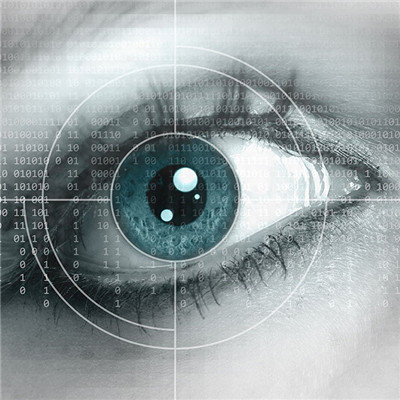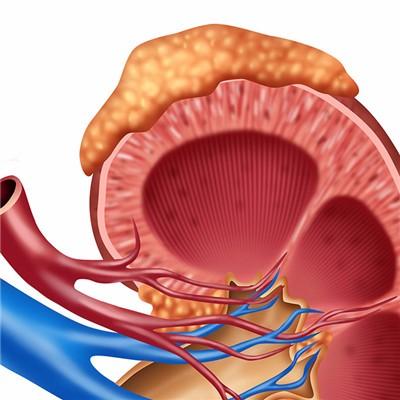What is the use of visual evoked potential?
summary
Electrophysiological phenomenon of visual evoked potential. In the visual field, stimulation of the retina with a certain intensity of flash or pattern can record the potential changes in the visual cortex or occipital area outside the skull. It is an important means to study human sensory function, nervous system diseases, behavior and psychological activities.
What is the use of visual evoked potential?
Evoked potential (EP) refers to the potential changes recorded in the corresponding parts of the nervous system after giving appropriate stimulation to a certain part of the nervous system. The specific response potential, which is closely related to the stimulation signal, is usually called specific evoked potential. This kind of specific evoked potential is a series of nerve electrical activities formed by the continuous combination of evoked information in the form of nerve release at different levels of nerve pathway. Because there is a constant relationship between evoked response and evoked stimulus in time, the level of nerve pathway represented by different responses in evoked potential can be determined according to nerve impulse conduction time. If a certain level of lesions or dysfunction, the corresponding part of the evoked potential will appear latency, amplitude and waveform changes. Generally speaking: (1) F-VEP abnormality indicates the lesion between retina and visual cortex, the degree of abnormality is consistent with the degree of visual dysfunction, and retinopathy can be identified by ERG( 2) Normal F-VEP and abnormal P-VEP indicate the lesion of refractive system, which can be verified by routine ophthalmic examination( 3) Normal F-VEP and P-VEP indicate normal visual function( 4) If F-VEP is normal, P-VEP does not cooperate or ophthalmic routine examination is normal, it is not true that self-reported visual dysfunction.

Eye damage caused by blunt ocular contusion is considered as serious injury according to Article 10. The patients with visual impairment were evaluated according to the degree of impairment. In addition to the quantitative evaluation of visual dysfunction, VEP also has a certain value in the diagnosis and differential diagnosis of various diseases of visual dysfunction. Although VEP is an objective method to evaluate visual function, the following problems should be paid attention to in the application of forensic identification: (1) VEP belongs to cortical potential, and mental state has a certain impact on the results of VEP, so the subjects should be kept awake and quiet in the test( 2) For the determination of P-VEP test results, special attention should be paid to the degree of fixation of the subjects. Poor fixation can cause the latency of P-VEP to extend, the amplitude to decrease or even disappear, which should not be mistaken for visual impairment( 3) Although the visual acuity of some patients with severe visual field injury is good (0.1-0.3), it can also cause wave free VEP. Therefore, when analyzing the results of VEP, we should pay attention to the central visual function and peripheral visual function( 4) The VEP and ERG of patients with low vision may not be abnormal, which can be used as a means of identification of pseudoblindness. The VEP and ERG of pseudoblindness are normal.

The traditional eye tracking method is a more direct and easy to understand human-computer interface, but there are some technical obstacles in its implementation, Objective: To explore an experimental method that can use visual evoked potential (VEP) signal to distinguish the target that the subjects are looking at. Methods: from June 2004 to June 2004, 6 workers with normal vision or corrected vision in the Institute of field surgery, Daping Hospital, Third Military Medical University of Chinese PLA were selected, including 4 males and 2 females, The experimental system of visual evoked potential (VEP) detection was established by using dual computer and active one physiological signal measurement system. The flashing small squares on the computer screen represent different fixation targets. The subjects looked at one of the targets for 30 seconds. The EEG signals detected were analyzed and processed by the cumulative average method and spectrum analysis method, Results: all the experimental data were involved in the result analysis. The VEP signals could be distinguished by analyzing the waveform of the experimental data. Conclusion: when multiple stimuli entered the visual field, the visual evoked potential signals could be detected by the system, The visual evoked potential (VEP) is caused by the stimulus target. Both transient VEP and steady-state VEP can identify the target. VEP is suitable for brain computer interface research

matters needing attention
Visual evoked potential (VEP) is to understand the functional integrity of the whole visual pathway from retina to visual cortex. The evoked potential (P100) was recorded in the visual cortex by stimulating the left and right eyes with a specific checkerboard pattern. According to P100 latency and amplitude, the levels of pathway damage in retina, before or after chiasm were analyzed, and the degree of damage, treatment effect and prognosis were evaluated objectively.














